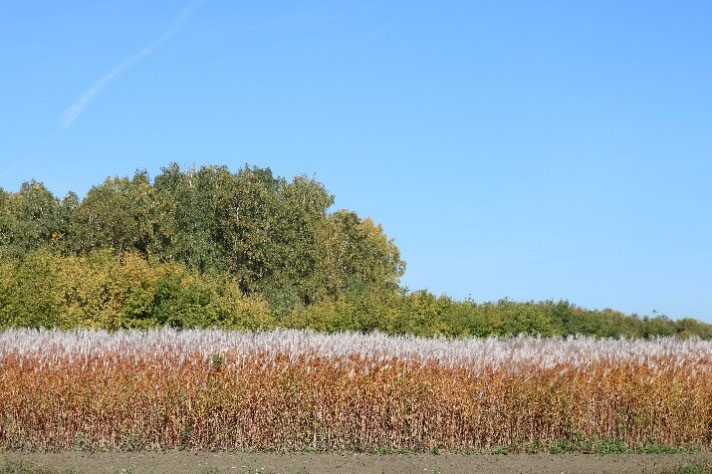Assessment of the long-term effect of Miscanthus sacchariflorus growth on soil properties
DOI:
https://doi.org/10.31251/pos.v7i1.241Keywords:
Miscanthus sacchariflorus cv. Soranovsky; gray forest soil; productivity; soil texture; water resistance of aggregates.Abstract
The aim of the study was to assess the effectt of different-age plantations of Miscanthus sacchariflorus cv. Soranovsky on the gray forest soil properties in the forest-steppe of West Siberia, Russia.
Location and time of the study. The experimental part of the research was carried out at the Research Experimental Station of the Institute of Cytology and Genetics SB RAS (Novosibirsk) in 2018-2020.
Methodology. The methods employed in the stydu were the most common ones for chemical and physical analyses of soils and plant samples.
Results. Differently aged plantations of Miscanthus sacchariflorus allowed obtaining 12-15 tons of dry mass per 1 hectare for 14 or more years without reducing the productivity. Miscanthus sacchariflorus can grow effectively in soils with low fertility. The humus content in light-textured soil increased by 0.3-0.4% over 11 years of Miscanthus growth, as compared with the fallow soil. Miscanthus sacchariflorus plantations showed a positive environment-forming effect, favourably affecting ecological and agronomic soil properties of the agrocenoses.
Conclusions. Miscanthus has broad adaptation potential in relation to low-fertility lands, preventing their progressive degradation, improving the ecological and agrochemical state of the ecosystems and facilitating agronomic production. Miscanthus has a beneficial environment-forming effect on low-fertility soils by enriching them with mineral nutrients and improving their humus and texture condition.
Downloads

Downloads
Published
How to Cite
Issue
Section
License
Copyright (c) 2024 The Journal of Soils and Environment

This work is licensed under a Creative Commons Attribution 4.0 International License.






